The Rhodesian Ridgeback is a medium-sized, very dignified and intelligent dog that quickly commands respect with its calm demeanor. It is native to southern Africa and shows no signs of shyness.
Rhodesian Ridgeback
The ridge on the spine is clearly visible here
The Rhodesian Ridgeback is a medium-sized, very dignified and intelligent dog that immediately commands respect with its calm appearance. It originates from southern Africa and shows no signs of shyness or aggression. He has a well-balanced, strong and muscular build and is agile and active. It is still used to hunt game in many parts of the world, its original purpose being to track down large game, mainly lions, and keep them at bay until the hunters came along.
His reserves of strength and stamina are still correspondingly great today. It is a true running dog and therefore unsuitable for people who are not sporty or have limited time. He needs at least two hours of exercise a day, more would be better. He is an excellent tracking and rescue dog, and dog sports are also a great pleasure for him.
The Rhodesian Ridgeback lacks neither courage nor bravery. He is considered to be particularly vigilant and would risk his life for his owner. It is also said to have a sixth sense for danger. At the same time, it is a very calm, cuddly, affectionate dog in the home and is therefore highly valued as a family member.
Dog beginners are quickly overwhelmed with this breed. It is a clever, sensitive but also very headstrong dog. It must be trained consistently and lovingly at the same time. The dog’s innate mistrust and tendency towards dominance can become a problem for its environment if the owner does not have the necessary professionalism. With professional training, he will prove to be a good-natured and relaxed companion in whose presence no unwanted aggression is to be feared, but one can always feel safe.
Its ridge is the breed’s distinguishing feature. It is created by the hair growing in the opposite direction to that on the rest of the body. It should start directly behind the shoulders and extend to the hips. The coat is short, dense, smooth and shiny, ranging in color from light to red wheat. Grooming is quite unproblematic with regular brushing.
Unfortunately, the breed was also fashionable and mass breeding has left its mark.
Therefore, only buy puppies from a VDH breeder.
Facts about the Rhodesian Ridgeback
- Height of male dog: 63 – 69 cm, approx. 36 kg
- Height female: 61 – 66 cm, approx. 32 kg
- Life expectancy: approx. 15 years
- Urge for movement
- Educational effort
- Maintenance effort
- Time required
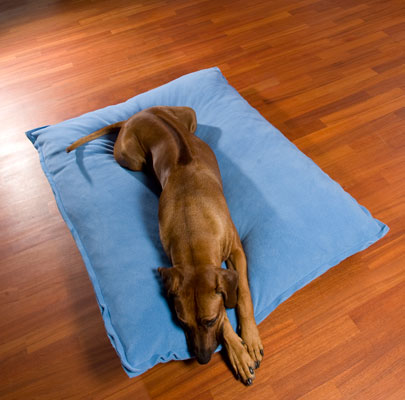
Rhodesian Ridgeback
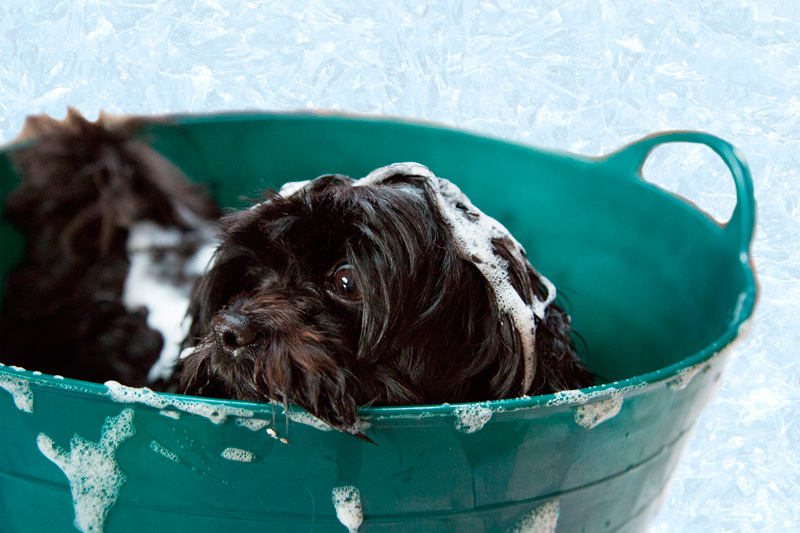
Dog shampoo for sensitive skin
If you don’t feel comfortable washing your dog with a shampoo whose ingredients list you can’t even pronounce, here’s a great recipe …
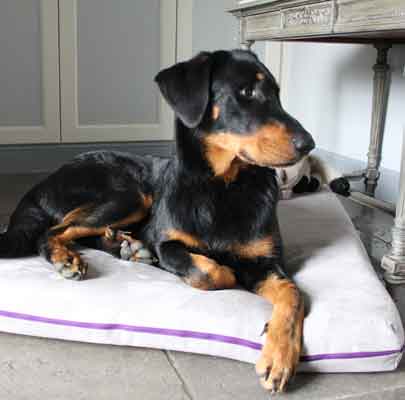
Beauceron dog breed
The Beauceron is a very original, powerful, robust and muscular dog, but without any sluggishness. It impresses with its stamina and incorruptibility.
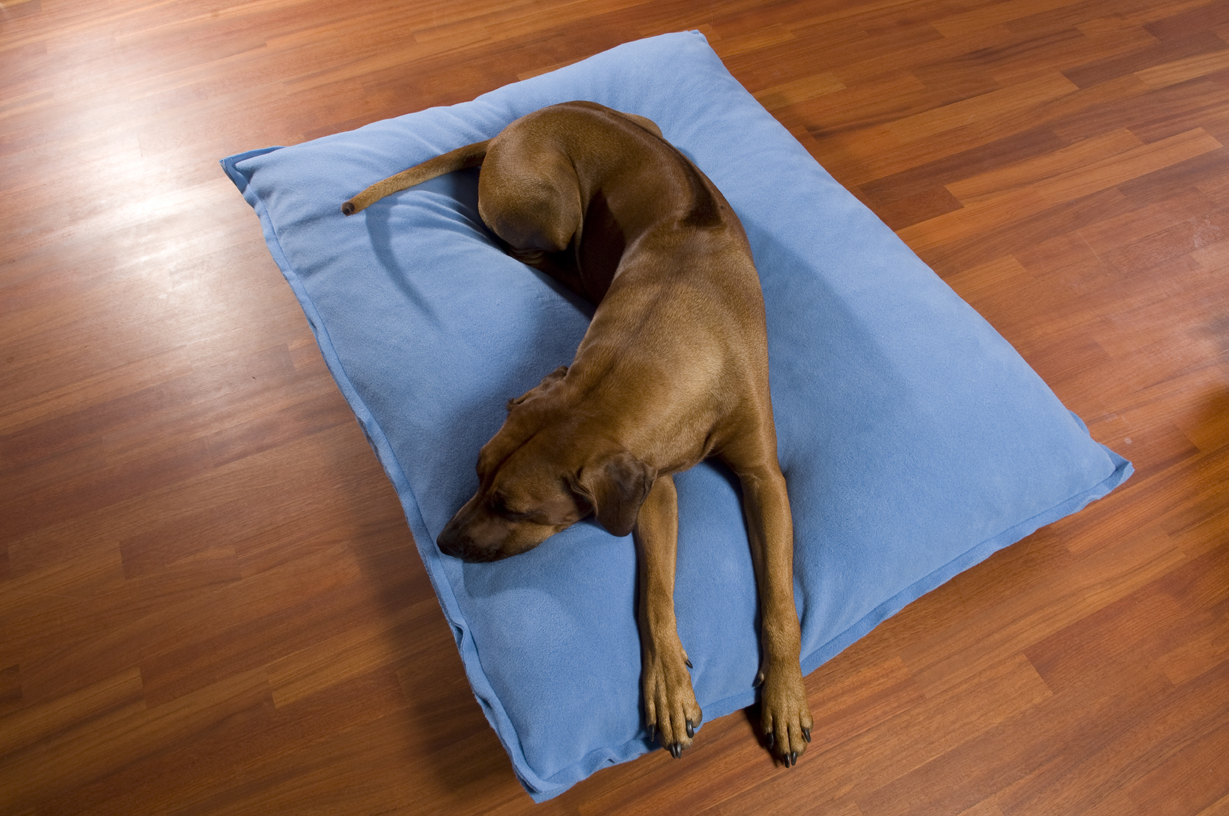





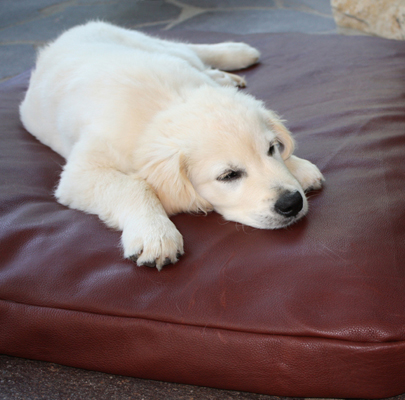
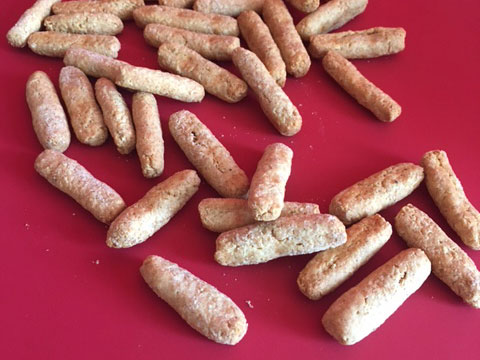
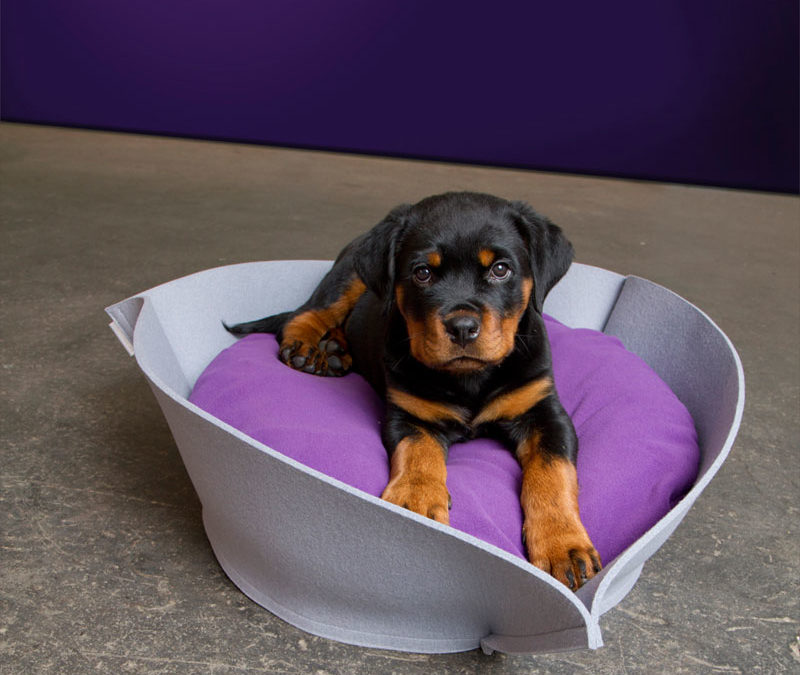
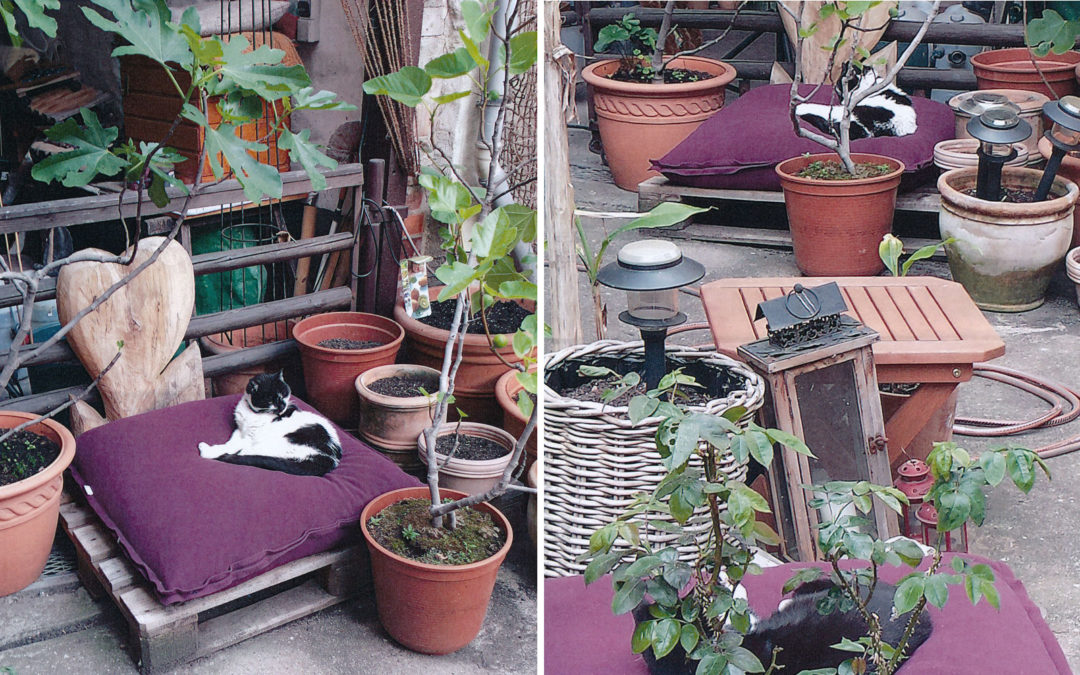
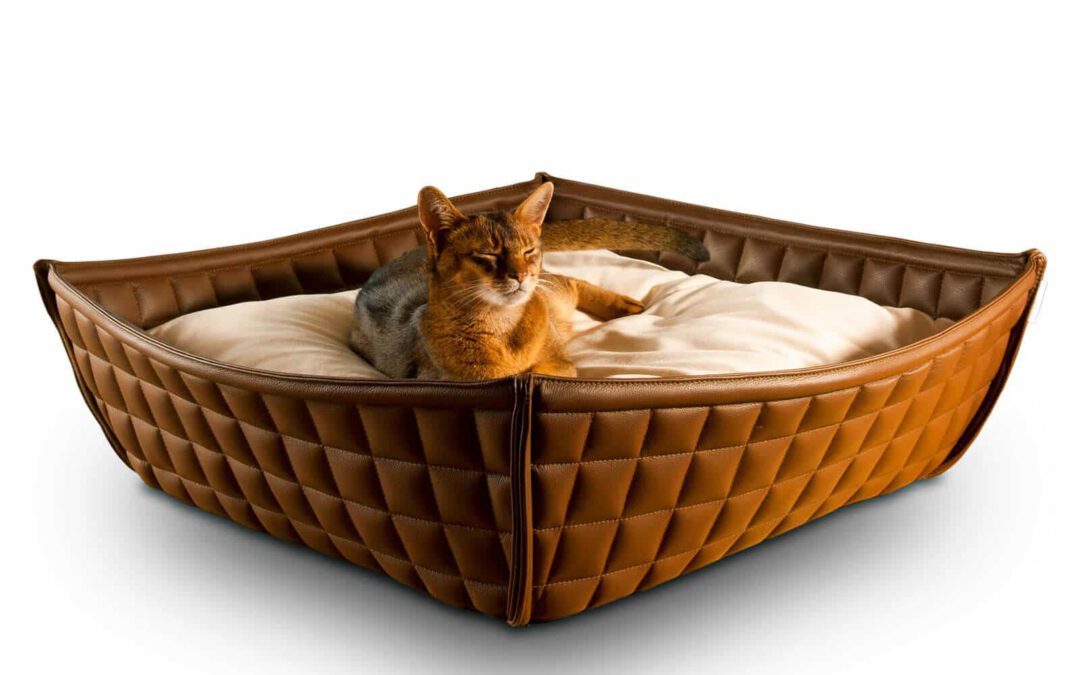
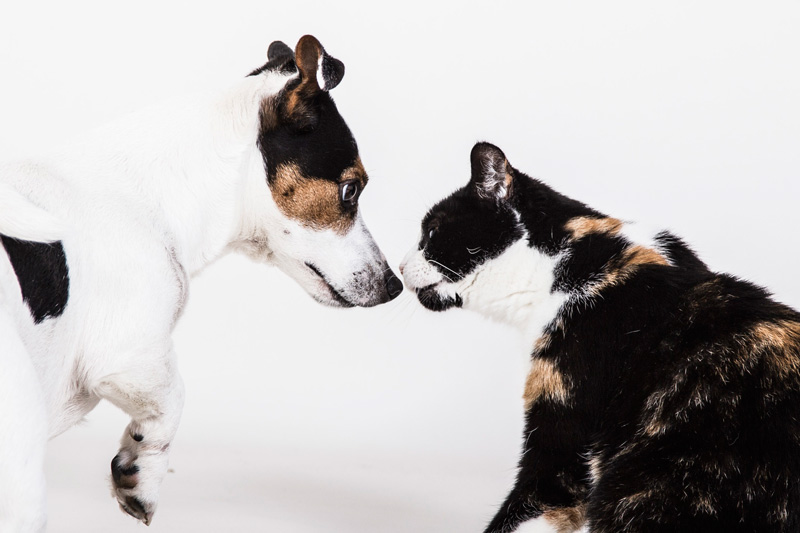
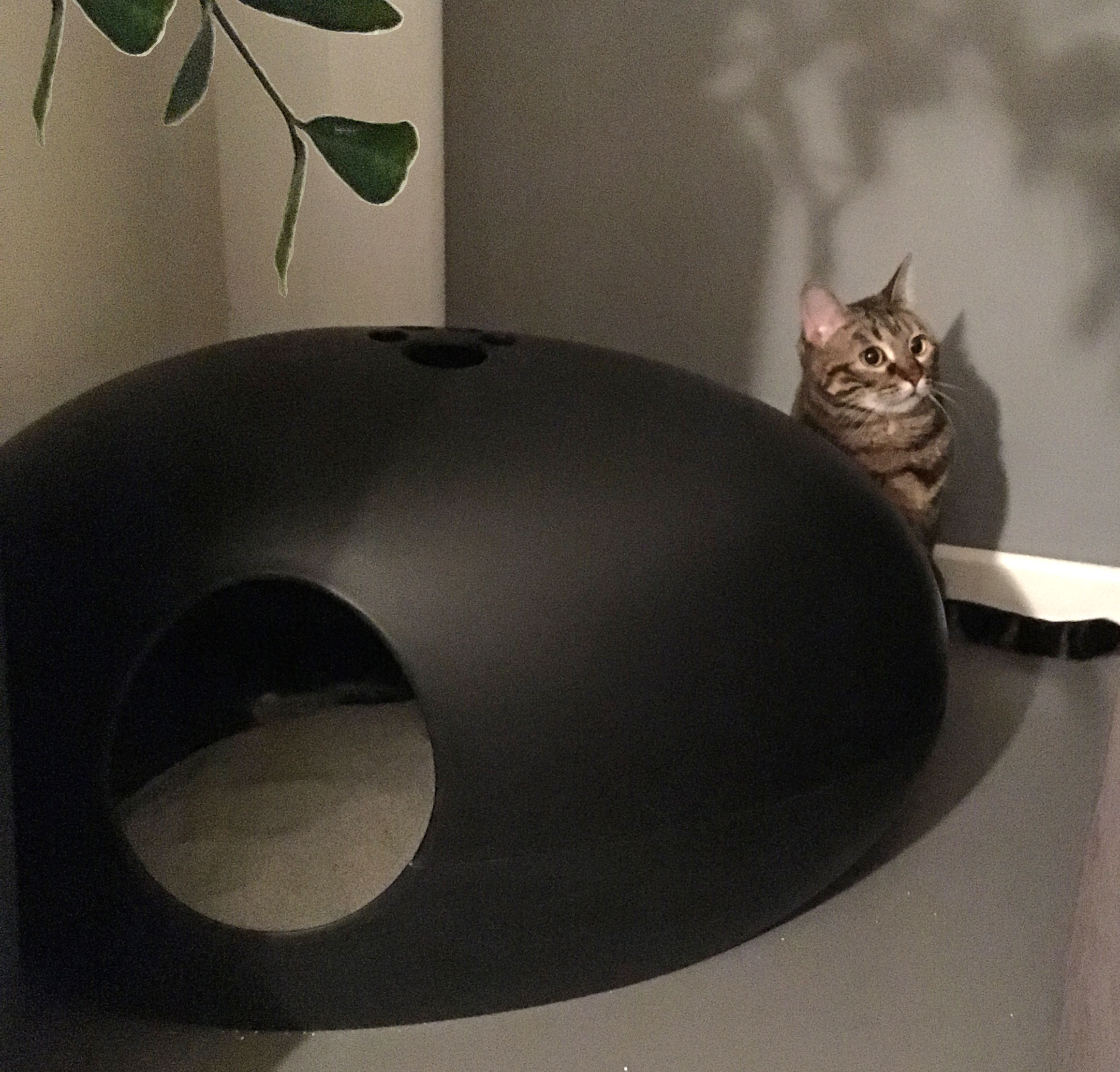
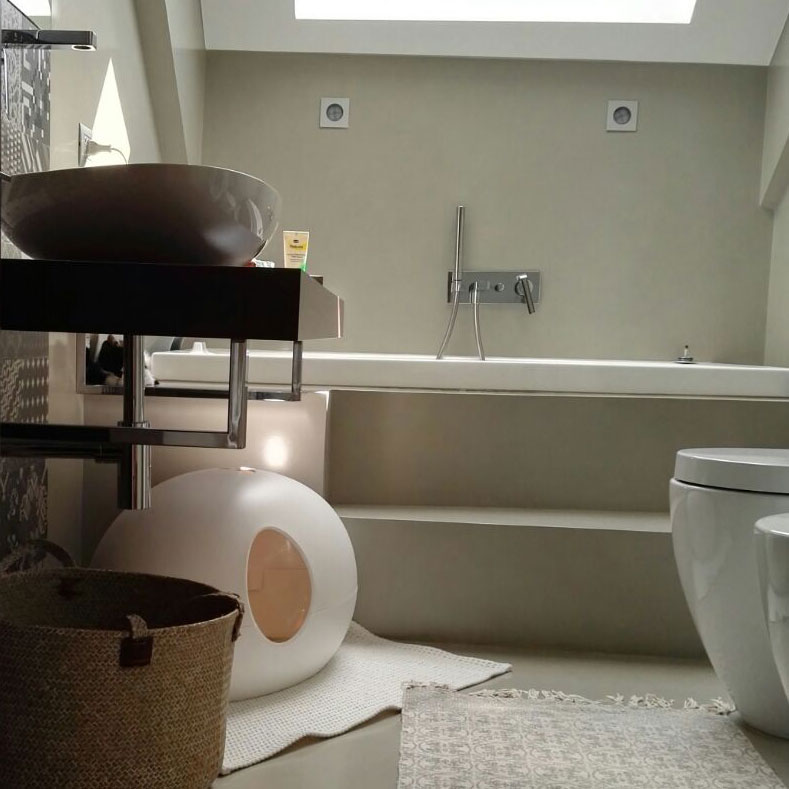
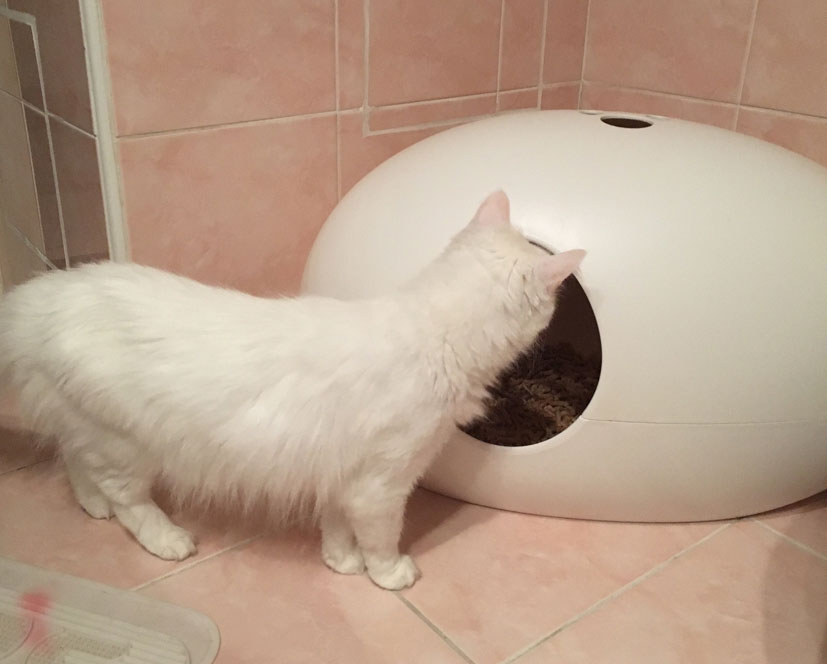
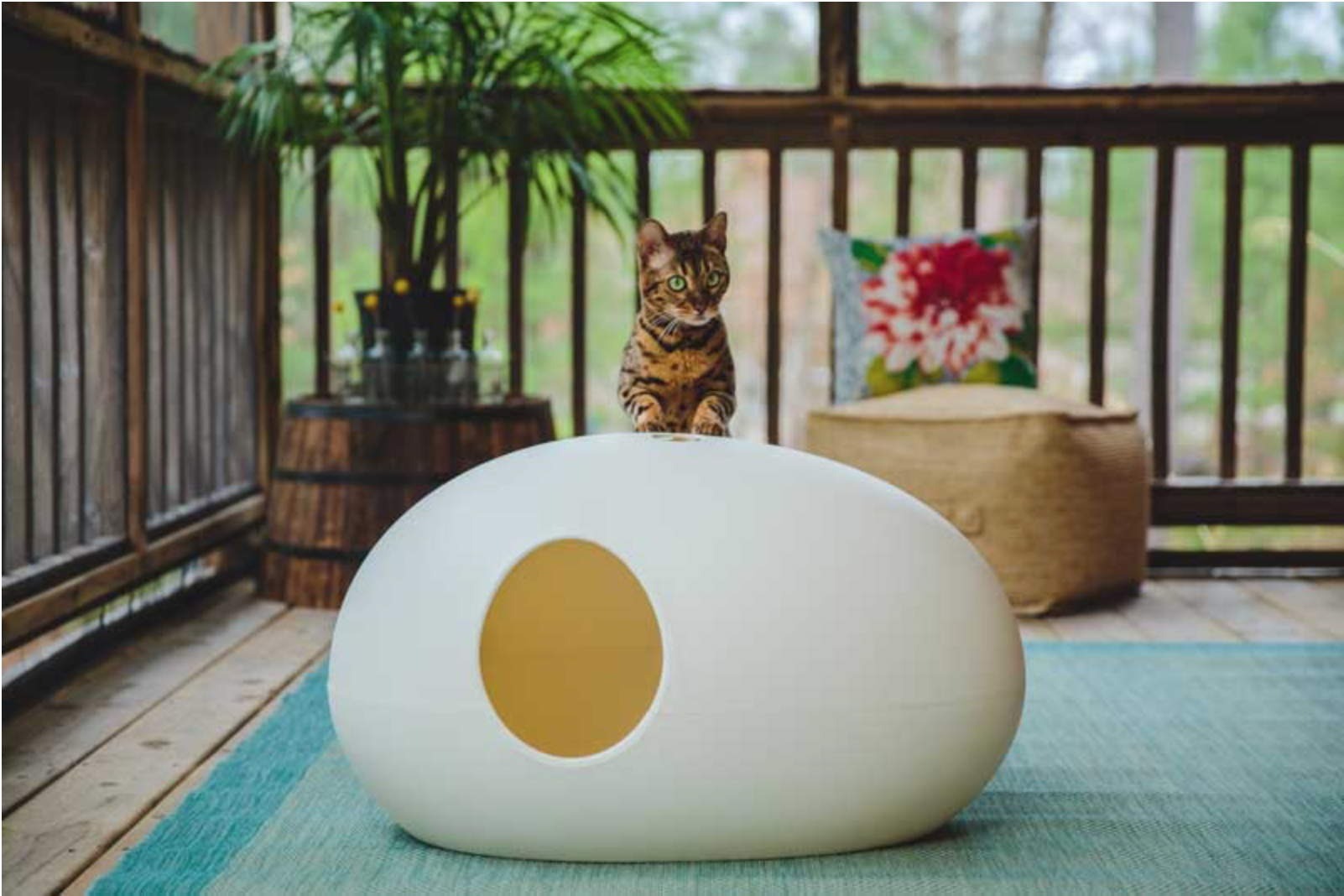
Recent Comments